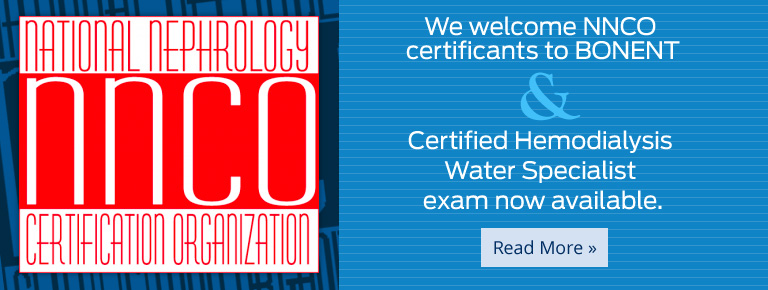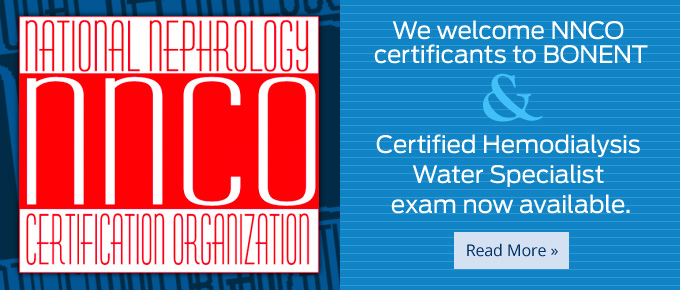Congratulations to Gillian Reilly, RN, CHN, a recipient of the 2009 Wesley Watkins Scholarship Award
“What is the impact of your country’s government regulation on patient education and safety in your facility?”
The New Zealand government have encouraged the development of a model of care where patient education and safety is central.
In New Zealand the Ministry of Health has overall responsibility for the health and disability system. District Health Boards (DHB) are responsible for providing and funding health and disability services in their districts. This structure is legislated in The New Zealand Public Health and Disability Act (2000). DHB’s statutory obligations include improving, promoting and protecting the health of communities and individuals within those communities. DHB’s are able to allocate funding to fulfil these obligations. All New Zealand residents are entitled to free care while in our facility.
Our facility comes under the auspices of the Canterbury DHB. It comprises an acute dialysis unit and a home dialysis training centre. The reaffirmed commitment to home dialysis has resulted in the provision of a new purpose built home dialysis training centre that incorporates areas for pre-dialysis education, group education and individual patient rooms for teaching haemodialysis and peritoneal dialysis. The aim is for all patients to have home therapy by either modality. Patients take as long as necessary to train and if they are unsuccessful, a dialysis provider, such as a family member, may be trained so that the patient is still able to dialyse safely at home. The government regulations allow for the DHB to allocate funds for this model of care. They provide back up through staff education and providing adequate funding and facilities to ensure its success. CDHB have recently held a review of the dialysis services which acknowledged the need for increased patient education hours including pre-dialysis education.
The Health Practitioners Competence Assurance Act (2003) provides for a framework for the regulation of health practitioners in order to protect the public. This lays out requirements to ensure that all medical and nursing staff remain competent and safe to practise.
An important part of the promotion of patient education and safety is the education of the Health Carers. The New Zealand Health Strategy (Ministry of Health 2000) identified the need for increased support of health professionals in training. From this the Clinical Training Agency (CTA) was formed with the mandate to fund post entry nursing training. Through the CTA, staff are able to access fully funded postgraduate education. The DHB allocates funds for education and through this staff are able to attend conferences, take study leave and sit BONENT exams.
Under the Injury Prevention Rehabilitation and Compensation Act (2001) the Accident Compensation Commission provides no-fault personal injury (including treatment injury) cover for all residents and visitors to New Zealand. The result of this system of no-blame is a transparent health system where patient safety is paramount and system faults can be identified and reviewed.
To reinforce a safe environment the DHB’s have a robust complaints procedure and patient advocacy service. On a national level, the Health and Disability Commissioner is an independent agency set up by the government to promote and protect the rights of consumers who use health and disability services. Leaflets are required to be displayed in our facility on how patients can access this complaints procedure.
Our country’s government regulations have a powerful impact on patient education and safety. This is achieved through promoting staff education and competence, through allocation of adequate funds for prioritising patient education and providing a structure that ensures patient safety.
- New Zealand’s health and disability system).
Retrieved April 28, 2009, www.moh.govt.nz

















